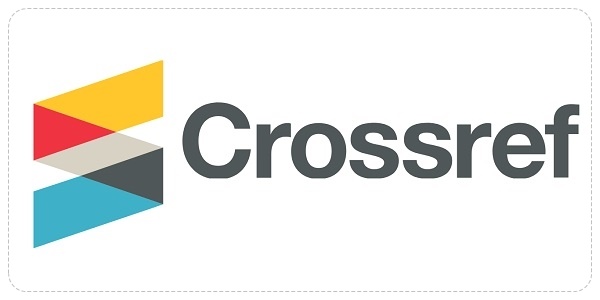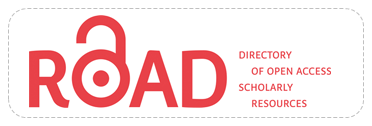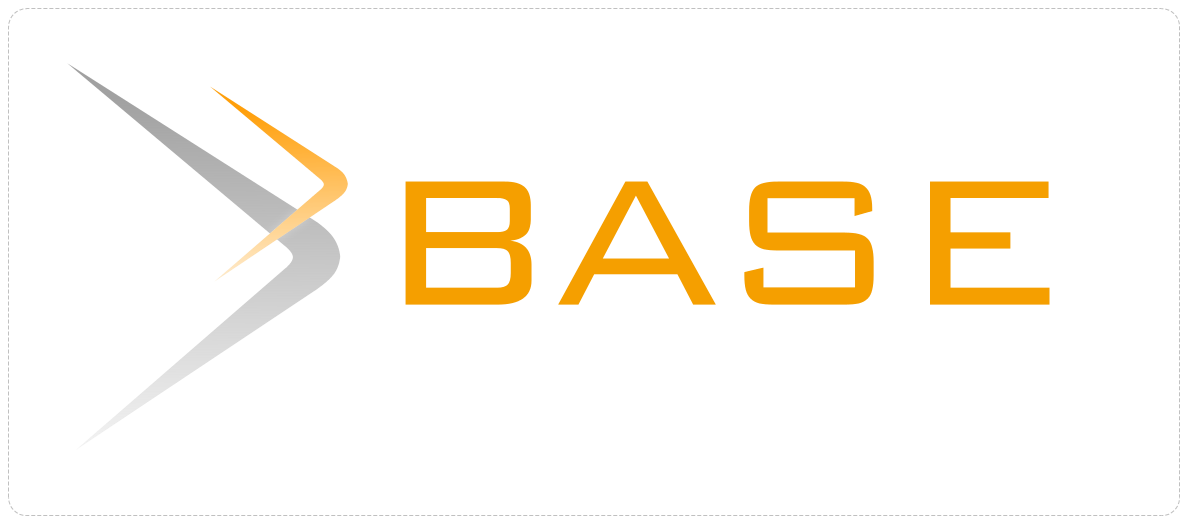MODEL KONSELING RESOLUSI KONFLIK BERLATAR BIMBINGAN KOMPREHENSIF UNTUK MENGEMBANGKAN KOMPETENSI HIDUP DAMAI DAN HARMONI SISWA SMK
Abstract
This study aimed at formulating a model of conflict-resolution counseling with comprehensive guidance ground for developing peace and harmony life competences of vocational high school students. Quantitative-qualitative approach with research
and development method was used. Population of the research consisted of students of vocational high schools in Bandung Municipality with its sample amounting to 364 students, 4 counselors, and 1 expert of guidance and counseling intervention. Results showed: (1) learning to be and learning to live together were education pillars which were not neglected, where there is a view that learning to live together as a par
excellent pillar; (2) Generally students’ peace and harmony life competences were in high category but affection, harmony, and thanks giving aspects needed to be developed; (3) conflict resolution was under the umbrella of peace education, in a
group with peace, reconciliation, tolerance, respect to human rights, and civil participation; (4) based on theoretical and empirical consideration, the conflict - resolution guidance with comprehensive guidance background was predicted to be
able to become an alternative solution for developing students’ peace and harmony life competences, and (5) validation results of a rational model that involved guidance and counseling experts and school counselors showed that the model had feasibility to be implemented at school.
Keywords: counseling, conflict-resolution, comprehensive guidance, peace and harmony life.
Keywords
Full Text:
PDFReferences
Borders, Anne, L. D. & Drury, S. M. (1992). “Comprehensive School Counseling Programs: A Review for Policymakers and
Practitioners”. Journal of Counseling and Development
, 487-495.
Creswell, J.W. (1994). Research Design: Qualitative and
Quantitative Approaches. London: Sage Publications.
D’Andrea, M. (2004). PEDAGOGIA : Jurnal Ilmu Pendidikan 247 “Comprehensive Schoo-Based Violen Prevention Training: A Developmental Ecological Training Model”. Journal of Counseling and Development 82, 277.
Delors, J. (1996). Learning: The Treasure Within. Paris.
UNESCO Publishing. Morton, D. (2000). Cooperation and
Competition, dalam The Handbook of Conflict Resolution Theory and Practice. San Francisco: Jossey-Bass Publishers.
Dugan. (1996). A Nested Theory fo Conflict, A Leadership Journal: Women in Leaderships, 1, 9-20.
Ellis, T. I. (1990). The Missouri Comprehensive Guidance Model. Columbia: The Educational Resources Information Center.
Haar, B.F. dan Krahe. 1999. Strategies for Resolving Interpersonal Conflict in Adolescence, A German- Indonesia Comparison, dalam Journal of Cross-Cultural Psychology, 30, 667-683.
Henderson, P. (1988). A Comprehensive School
Guidance Programe at Work. Texas Association for
Counseling and Development Journal, 15, 25-27.
Jeong, Ho-Won, (2000). Peace and Conflict Study: an
Introduction:UK: Ashgate. Jhonson, D.W. dan Jhonson, R.T.
(1996). Conflict Resolution and Peer Mediation Program in
Elementary and Secondary Schools : A Review of The
Research, Review of Educational Research, 66, 459- 506.
Jones, B., Kmitta, D. (1999). Looking for Success: Evaluating Peer Mediation and Conflict
Resolution Education Program. A Workshop for the Ohio
Commission for Dispute Resolution, 1999-2000.
Jones, B., Kmitta, D. (2000). Does It Works? The Case for Conflict Resolution Education in Our
Nation’s School. Washington: Conflict Resolution Education
Network. Kantor Prinsipal UNESCO untuk
Kawasan Asia-Pasifik Bangkon dan Universitas Pendidikan
Indonesia. (2000). “Belajar untuk Hidup Bersama dalam
Damai dan Harmoni: Pendidikan Nilai untuk Perdamaian, Hakhak Asasi Manusia, Demokrasi,
dan Pemban gunan Berkelanjutan untuk Kawasan Asia-Pasifik”. Buku SumberUNESCO-APNIEVE untu Pendidikan Guru dan Jenjang
Pendidikan Tinggi. Bandung: Universitas Pendidikan Indonesia.
Kleden, I. (2002). Arkeologi Perdamaian (Online). Tersedia di:http/www.kompas.com.
Muro, J.J. & Kottman, T. (1995). Guidance and Counseling in The Elementary and Middle Schools. Madison : Wm C.Brown Com.Inc.
Myrick, Robert. 1993. Developmental Guidance and Counseling: A Practical Approach. Minneapolis: Educational Media Corporation. PEDAGOGIA : Jurnal Ilmu Pendidikan 248
Shertzer, B. & Stone, S, C., (1971). Fundamental of Guidance. New York : Houghton Mifflin Company.
Stevens, J., & Jhonson, R.T. (2000). Effect of Conflict Resolution Training Integrated into a Kindergarten Curriculum, Child Development, May/June, Volume 71, Number 3, 772-784.
Sugiyono . (2006). Metode Penelitian Kuantitatif, Kualitatif, dan R&D. Bandung: Alfabeta.
Walter, I. (1992). Understanding Conflict and the Science of Piece. Cambridge, MA: Blackwell.
Warnwen, S. (2002). Stereoptip Etnis dalam Masyarakat Multietnis. Yogyakarta: Mata Bangsa.
DOI: https://doi.org/10.17509/pedagogia.v13i2.3552
Refbacks
- There are currently no refbacks.
INDEXED BY

This work is licensed under a Creative Commons Attribution-ShareAlike 4.0 International License















